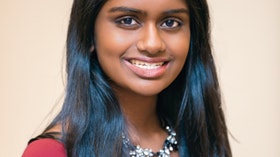Homepage
•
Learning Library
•
Blog
•
Kavya Kopparapu's passion lies at the intersection of computer science and medicine
Expand breadcrumbs
Expand breadcrumbs
- Learning Library
- Blog
- Kavya Kopparapu's passion lies at the intersection of computer science and medicine
- Homepage
- •
- Learning Library
- •
- Blog
- •
- Kavya Kopparapu's passion lies at the intersection of computer science and medicine
Kavya Kopparapu's passion lies at the intersection of computer science and medicine
By Julie Randles
January 1, 2019








